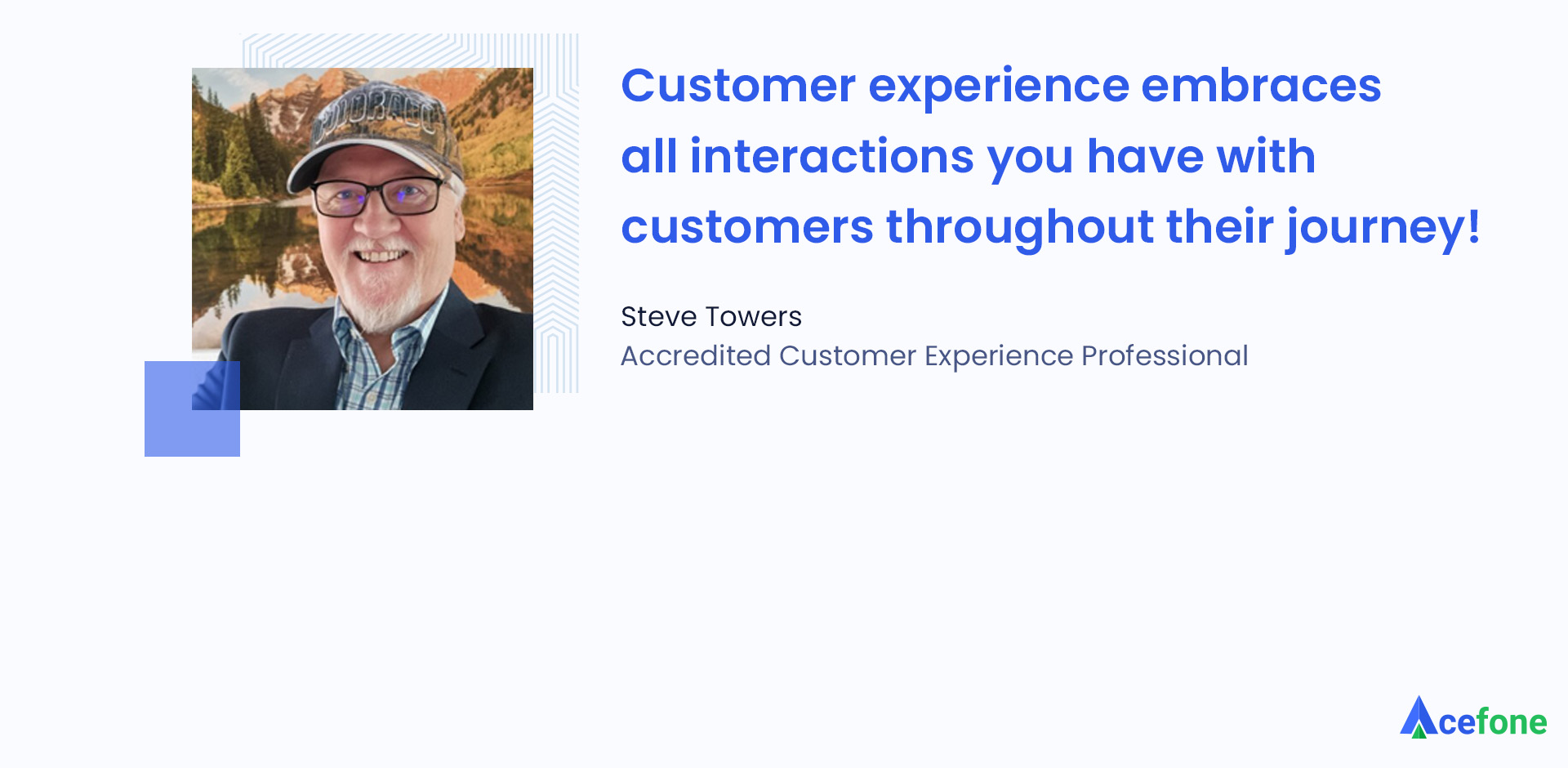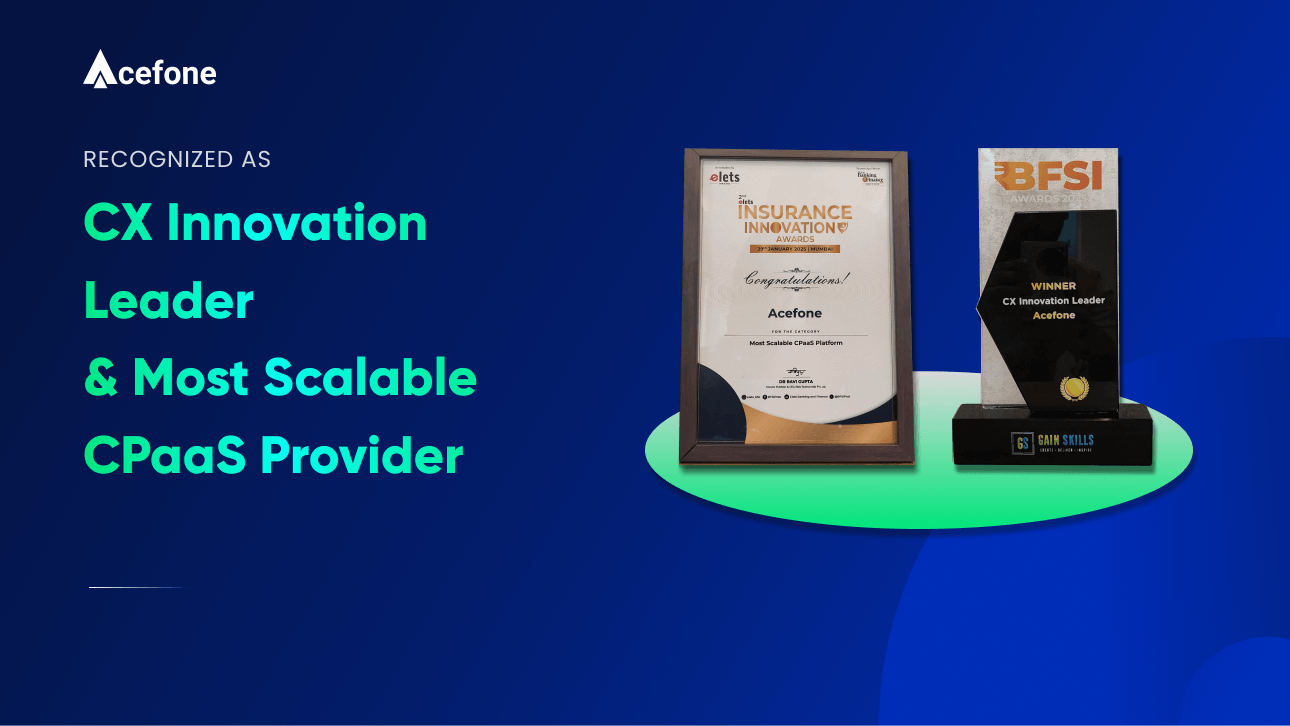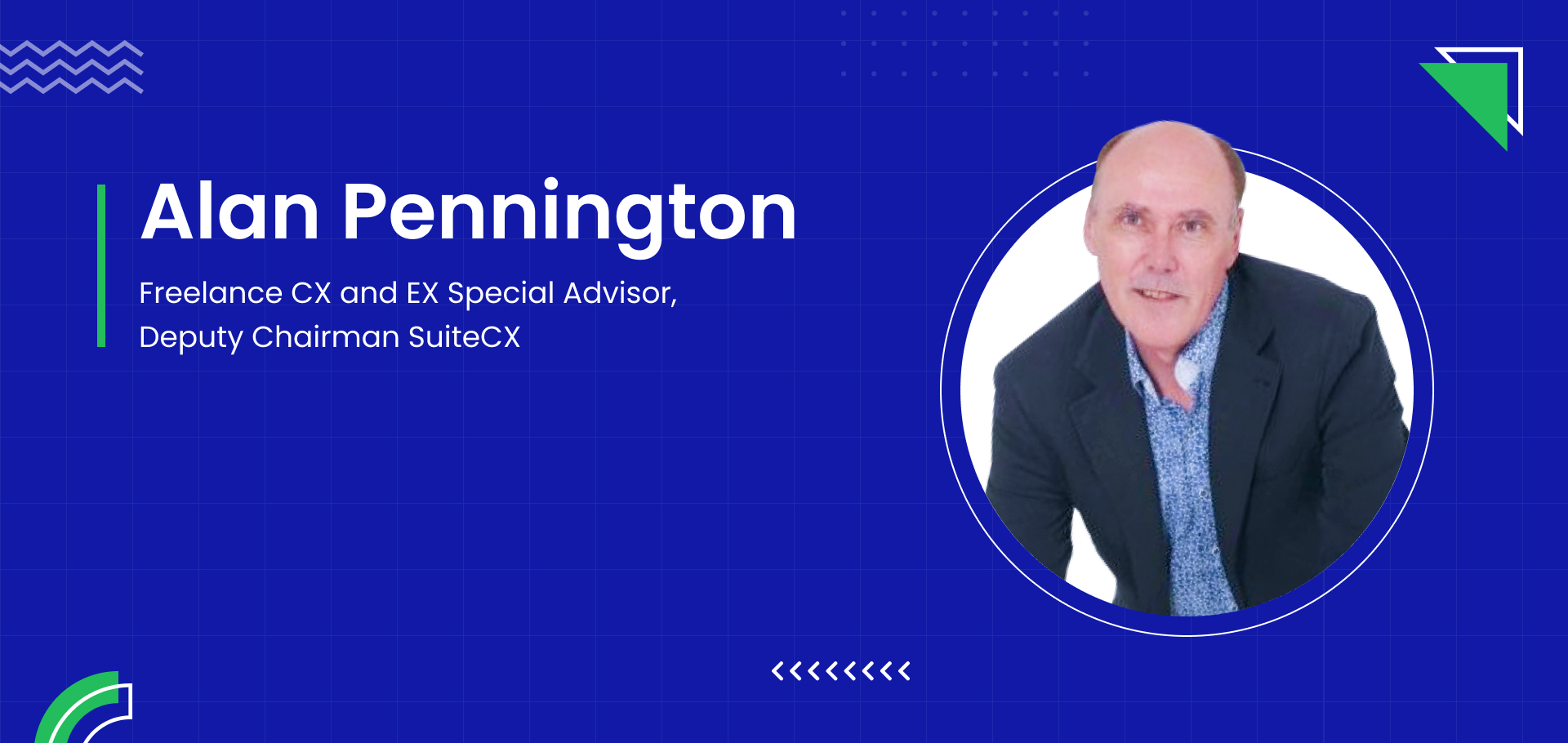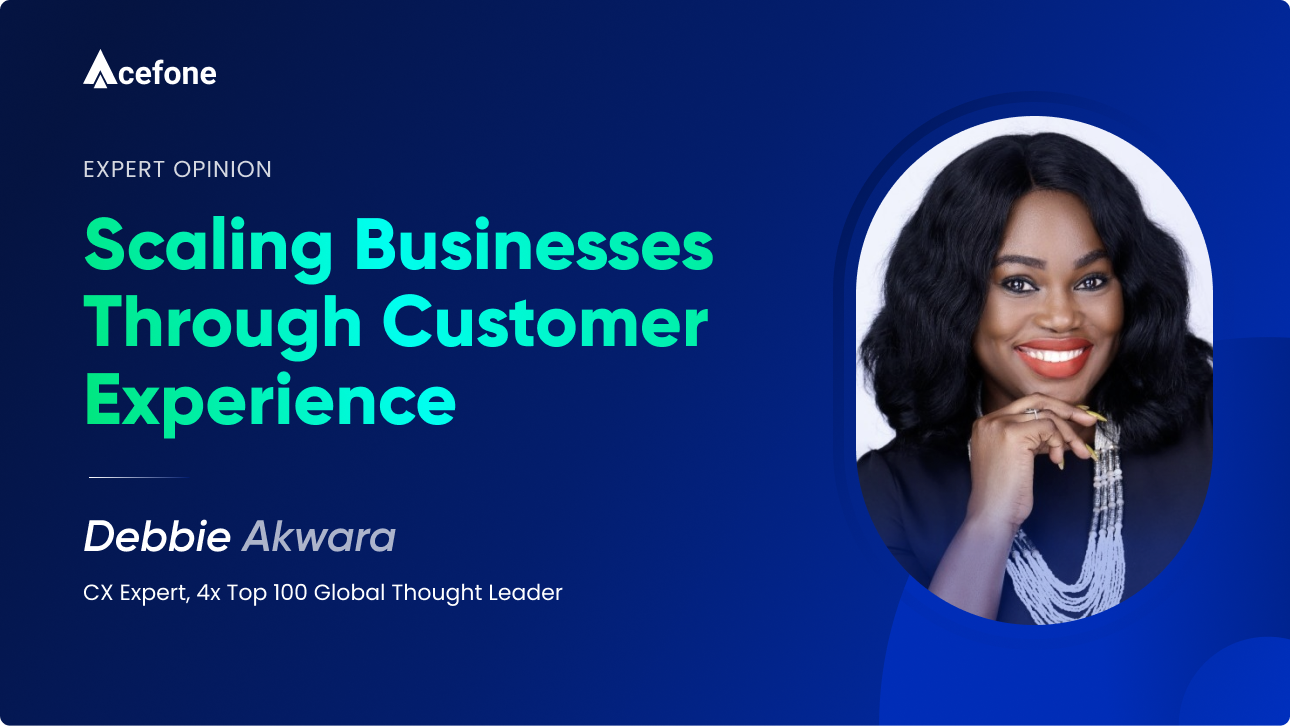“Rather than making organisations focus on what they do, focus on what they deliver” – Steve Towers
The digital age is changing the customer experience landscape. It is no longer enough to have a great product or the lowest price. In fact, most consumers would pay higher in exchange for a good customer experience. And, brainy businesses are taking note. According to Salesforce, Google searches for “customer experience” have tripled in the last decade.
The customer service industry has gone through a paradigm shift in terms of expectations and technologies. In a cluttered market, the differentiating factor for businesses becomes the connection they build with their customers. This is often developed through service delivery and sophisticated experiences.
We recently had an opportunity to chat with Steve Towers, a customer service expert and business transformation leader. With over 40 years of success in driving and achieving organisational goals, both in the private and public sectors, he sheds light on the changing dynamics of customer service expectations.
Apart from being a successful leader in customer service, Steve Towers is also the founder of the BP Group, a not-for-profit firm. A six-sigma black belt master and a best-selling keynote author, Steve has helped many businesses transform their CX operations.
Ask Steve how his journey of CX started, and he draws you into a story about starting off as an industrial engineer where he was involved in the re-engineering of their business process. “I worked on projects that required a lean six-sigma methodology and approach. I even wrote a book on reengineering back in 1993. The methodology then being implemented was eight-omega—eight being greater than six and omega being better than sigma”.
However, he adds, “there were a few people who mentioned that the eight omega approach, which included: discovery, analysis, design, validation, integration, implementation, control and improvement, (and) missed an important element—the customer.” Steve believed that the customer was not just missing but was, in fact, a major stakeholder in everything that they did.
This was the turning point in his career. And it led him on a journey of becoming a customer experience expert.
Steve’s favourite approach towards a strong customer service strategy is the “outside-in” approach.
This approach focuses on original ideas on customer experience being moved from the outside-in. In other words, one should look at things from the customer’s perspective rather than an organisation’s. The company should understand customer needs and accordingly design strategies that deliver.
“This is how you achieve a successful customer outcome,” says Steve. “Instead of focussing on what companies should do, focus on what they should deliver. And, in doing that, becoming outside-in by paying attention to customer-centricity and customer experience,” he adds.
He further explains that this strategy is the result of embracing modern, tech-savvy customers who are eloquent in terms of the products and services they seek, and rebellious when it comes to the offerings. Thus, the status-quo did not cater to these growing needs.
1. What defines a good customer experience?
“Here is the definition I use—customer experience is the sum of the thoughts, feelings and interactions a customer has about and with different products and services during the achievement of a goal or outcome.”
Steve brings up Shep Hyken, another customer experience expert, into the conversation, “The two terms—customer service and customer experience—get interchanged if you ask Shep”. Steve begs to differ. He believes that customer experience is a much broader term and its definition should include all related factors.
Steve believes that “customer experience doesn’t start when customers first contact your organisation and (it) doesn’t end when you finish doing business with them.”
It actually starts much before the first contact and ends only after the customer is satisfied.
“Customer experience embraces all interactions you have with customers throughout their journey. And, the interactions customers have with your organisation is just a part of their overall customer experience, which includes other organisations and interactions as well.”
According to Steve, the key is to work in a customer-centric environment to deliver favourable customer outcomes.
Anyone who wants to improve their customer experience knows that it’s a rocky road. When we asked Steve about how he tackles situations where obvious resolutions to customers’ issues are not available, he answered briefly but pointedly, “explain, manage their expectations and revert PDQ.”
That (read: PDQ) was surely a new term for us, which he clarified as “pretty damn quick, a fancier version of ASAP.” We agree.
Steve further explains, “If you find yourself in a situation where you have already identified customer needs but are not aligned to serve them at the moment, you need to start building that capability and step up to the challenge! Moreover, to manage customer expectations, always communicate your potential at that moment and be clear on what you can and cannot deliver.”
He emphasised the same using an example of an insurance company he was working with, in Texas, an area prone to tornadoes. As the city warned of an oncoming storm, the company had a choice to warn customers too. However, that would have been counterproductive to the number of claims that could come from the damage.
Therefore, the insurance company decided to deal with the damage the following day. “So, my suggestion was to let the customers know that you are operating on a 4-5 day turnover. Now, the customer might get upset and ask for early repairs. But, you can simply dodge their anger by saying that you are prioritising older and disabled people first,” he explained.
“The honesty of your answer would keep customers from calling for at least 4-5 days which would give you enough time to get back on track. On the other hand, if a company is dishonest just to get the customers off the phone line, it would create unrealistic expectations.”
Steve believed that if the insurance company would have informed the customers about the storm, they would have had a long-lasting relationship with the company. That is because they would be able to control the damage. At the time of policy renewal too, this would have added to the recurring revenue of the insurance company.
2. Does employee satisfaction impact customer experience?
“100%!”, Steve exclaims.
“It is not just the satisfaction that matters, employee experience as a whole is key and critical to the success of any organisation. If not given the right tools, techniques and technology to serve the customers, we will all collectively fail. Empower employees with information and enable them to meet customer expectations fast.”
He also advises that the current work-from-home scenario is tough, given the global catastrophe and terms it as “hybrid work culture.”
He adds, “If we can distribute the right tools, technologies and techniques to remote employees, we can build a sustainable infrastructure. The importance of social interactions, however, can still not be underestimated. We should try and bring teams together periodically to communicate and collaborate behind the screens too. So, it is important to have a collaborative tool in place to enable the same.”
We also asked Steve to give us some insights from his book, Dare.
“Dare was written just before the pandemic hit us and is the story of a very successful business transformation of an organisation named Veolia in France. The book tells the story of a project that was designed from the start with the quest for excellence as an objective—it was envisioned to be globally recognised as one of the best business transformation initiatives, not just within the utility sector, but across all industries.”
“We are also planning to release the second part of this book very soon,” he said with a grin.
When asked about a customer experience that inspired him, he said this, “Before the pandemic, I was traveling frequently between the US, the UK and India. So, I have a lot of experience with airlines, of course—the good, the bad and the ugly, if you want to put it like that.”
Steve recounts, “The best experience was being with people at Emirates and Singapore Airlines, who always devote themselves to a successful customer experience. They do everything in their contribution to achieving the best customer outcome…Can’t wait to fly again!”
Shifting his focus to the Indian market, he adds, “World’s smallest car, Nano, is another discovery that impresses me a great deal.” Steve also insists that, from an “outside-in” perspective, it checks all the boxes.
“The primary motive behind Nano was road safety. In India, it is a common sight to see a family of seven people riding on a motorcycle. So, Tata created an experience in and around Nano as a direct replacement to get more motorcycles off the road. So, that was a terrific customer experience to watch,” he said.
Steve then brings out a smart comparison between Uber and black cabs in London and how Uber added comfort and convenience over noise and pollution. He says, “It’s been a privilege to be a part of such business transformation.”
3. Role of personalisation in CX
When asked how personalisation affects customer experience, he says “From the point of view of customisation or personalisation, we need to be clear on who our target audience is and whether it is profitable to do business with them. Only then, we can gain clarity on successful customer outcomes and work towards them.”
He goes on to cite another example. BMW has 24 categories of customers, each divided in terms of needs, requirements and other important metrics. Something the customers might not be aware of, but it gets them the right customer service.
Steve adds, “My book Outside-in, which enters reprinting this year, is also based on how organisations, who can customise and personalise through the customer experience, will achieve so much more as opposed to companies who seek to remove variations and seek to standardise everything. It’s the old industrial era approach where everyone should have similar experiences.”
Steve concludes the conversation by throwing some light on UCaaS and how this latest technology can influence customer experience.
“The software connects all processes to customer experience. The UCaaS system basically connects all the dots and aligns the processes such that if things go wrong at any point, we can see it,” he says.
Lastly, he says, “communication and collaboration should be the ecosystem and with the help of tools like UCaaS, we should use them to the optimum level”.
Wrapping Up
Steve Towers has been through the changing landscape of customer service expectations.
Seeing the changing needs of the modern consumer, Steve encourages businesses to use new strategies that focus more on customer’s desires than just aiming to fulfil the goals of the organisation. He believes, solving one will start showing results in the other.
If you are looking at improving your customer service offerings, then the cloud is the way to go. For more information on how you can utilise the power of the cloud in your business, write to us at [email protected] or call us at 1888-859-0450 .














